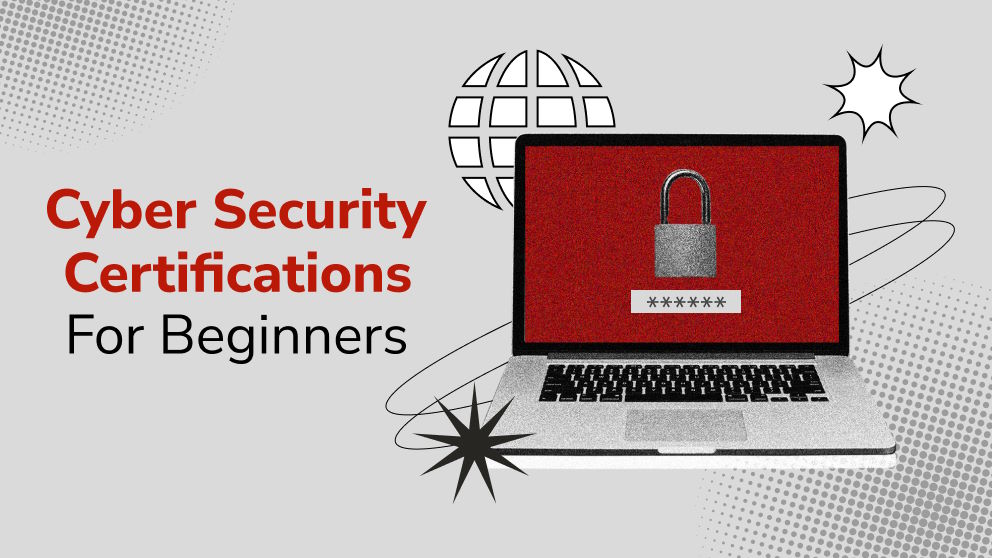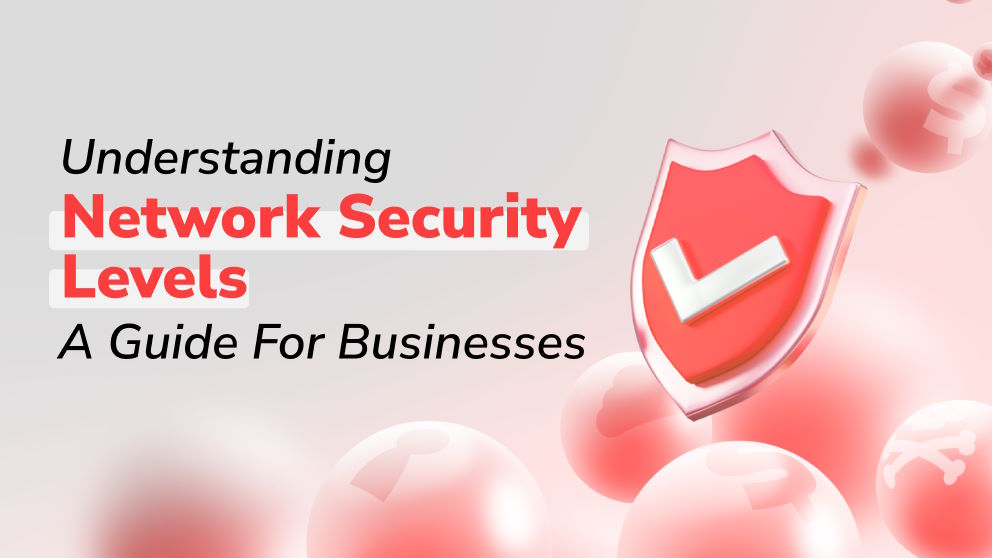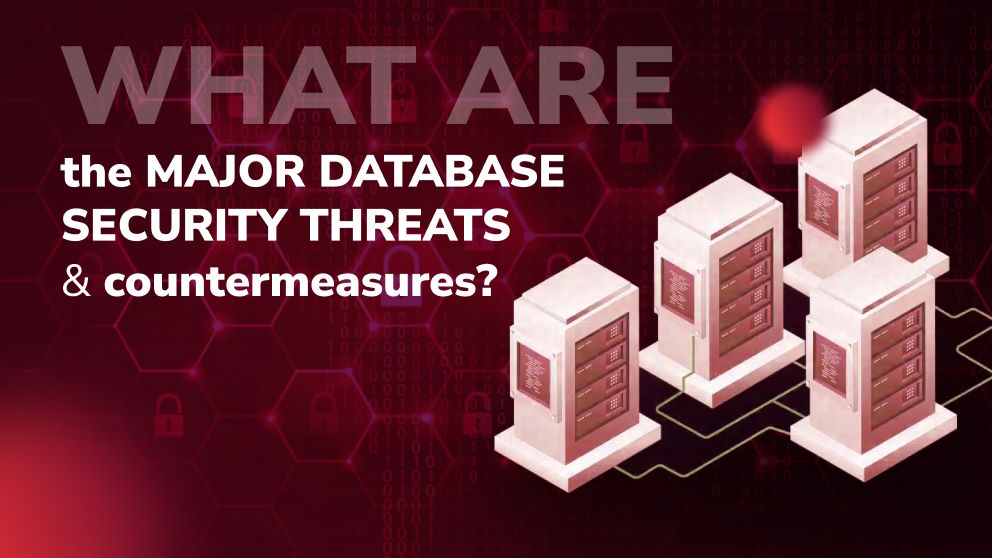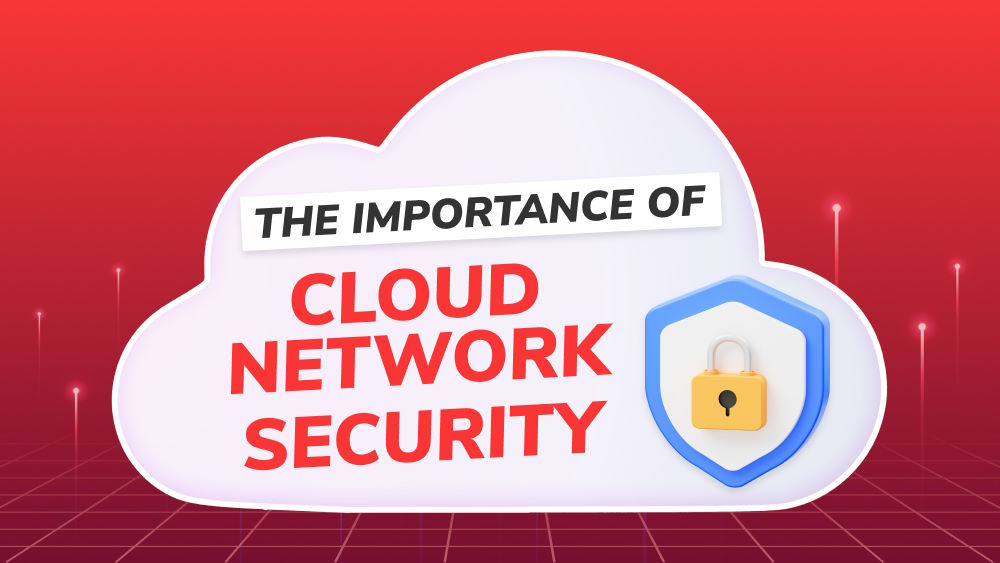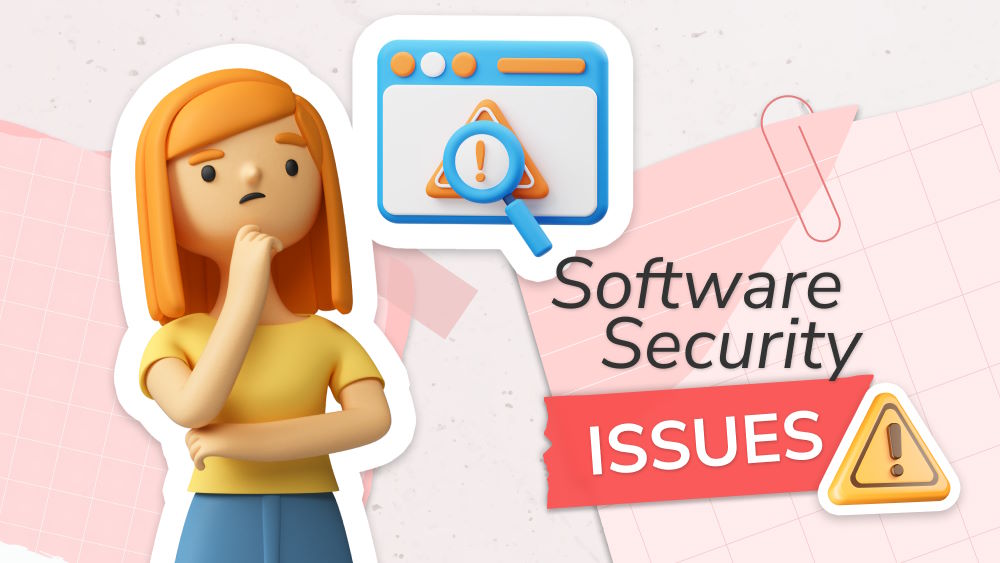Network Security Management for Surviving the Modern Digital Battlefield

Content Map
More chaptersThe digital battlefield is constantly changing. New adversaries emerge daily while old foes sharpen their tactics. As the frontlines of your network expand into cloud infrastructure and mobile devices, maintaining vigilance takes strategic command.
Without centralized network security management, it’s easy to leave openings for attackers to infiltrate. Independent security systems working at cross-purposes become more hindrance than help. What’s needed is a unified force - a security SWAT team that establishes lockstep protection across your entire IT ecosystem.
This is where network security management comes in. With the right leadership and resources, you can elevate your defenses from a scattered militia into a well-oiled protection machine. In this guide, we’ll introduce modern strategies for a centralized network security solution and turn your security operations into a proactive strike squad instead of a reactive cleanup crew.
By forging alliances between your tools and aligning security capabilities under a shared strategy, you can take the fight to the enemy before they even know you’re engaged. It’s time to rally the troops. Our digital assets are under threat, and together, we’ll beat back the growing waves of attackers with coordinated bytes instead of fragmented bytes. The network security battle awaits!
What is Network Security Management?

Network security management refers to the processes and systems implemented by network administrators to monitor, control, and secure an organization’s network infrastructure. This includes both internal networks as well as connections to external networks like the Internet.
How does network security management work? Why is network security management important? Here are some of the key goals and responsibilities:
- Asset Discovery: Discovering all devices and applications connected to networks, categorizing them, and tracking them in an inventory.
- Risk Assessment: Identifying vulnerabilities and threats across the network, analyzing their potential impact, and prioritizing remediation efforts.
- Attack Prevention: Deploying tools like firewalls, intrusion prevention systems, and malware scanners to identify and block malicious traffic.
- Incident Response: Having processes to quickly detect breaches or incidents, respond appropriately, and limit damages.
- Ongoing Monitoring: Using network security testing tools to gain visibility into network activity and events in real time.
- Policy and Compliance: Setting security policies and controls and ensuring network configurations meet security best practices and industry regulations.
- User Access Controls: Managing access through features like authentication, authorization, and network segmentation to limit exposure.
Robust network security management systems require both the right network security management tools and discipline around using processes like risk management frameworks consistently. With strong network security management solutions, organizations can protect critical assets and data, maintain operations, and minimize business disruption from security incidents.
Components of Network Security Management
An effective network security management solution involves a range of components and tools that work together to safeguard the integrity, availability, and confidentiality of an organization’s network infrastructure. By implementing these components effectively, businesses can fortify their networks against potential threats and cyber-attacks.
Firewalls
As the initial layer of protection, firewalls function as entry/exit guards by supervising each incoming and outgoing connection and filtering traffic based on criteria. They establish a barrier between trusted internal networks and untrusted external networks, filtering traffic based on predetermined security rules. Firewalls can prevent unauthorized access, protect against malware, and enforce network security policies.
Intrusion Detection/Prevention Systems (IDPS)
IDPS solutions monitor network traffic in real-time, searching for signs of malicious activity or potential security breaches. Intrusion Detection Systems (IDS) detect and alert upon suspicious events, while Intrusion Prevention Systems (IPS) actively intervene and block or mitigate the detected threats. IDPS helps identify and respond to unauthorized access attempts, malware infections, and other network intrusions.
Virtual Private Network (VPN) and Encryption
VPNs establish secure connections over public networks, such as the Internet, enabling remote users to access private networks securely. By encrypting data transmitted between devices, VPNs ensure confidentiality and prevent eavesdropping. Encryption is also employed to protect sensitive data at rest, such as stored files or databases.
Vulnerability Scanners
Vulnerability scanners are tools that identify weaknesses or vulnerabilities within a network infrastructure or connected devices. These scanners perform automated scans, searching for known network vulnerabilities in systems, applications, or configurations. By identifying vulnerabilities proactively, security teams can solve them before they can be exploited by attackers.
Security Analytics and Intelligence
Security analytics and intelligence tools provide advanced threat detection capabilities by analyzing network traffic, logs, and other security-related data. These tools leverage machine learning algorithms and behavioral analytics to identify anomalies and patterns that may indicate malicious activities. By detecting and responding to threats in real-time, network security teams can minimize the potential impact of security incidents.
Implementing these components of managing network security is crucial for establishing a robust defense against cyber threats. However, it’s important to note that network security is a holistic and ongoing process. Cyber security teams should regularly update and patch systems, educate employees about security best practices, and stay informed about emerging threats to maintain a secure network environment.
Developing Network Security Management Processes
Developing robust network security management processes is essential for organizations to effectively protect their networks from potential threats and vulnerabilities. By establishing structured procedures and best practices, businesses can ensure the ongoing security of their network infrastructure. Let’s delve into the key aspects of developing network security management processes.
Step 1: Risk Assessment and Security Policy Development
Begin by implementing a comprehensive risk assessment to identify potential vulnerabilities and threats specific to your organization’s network. A thorough risk assessment helps identify potential vulnerabilities and threats specific to the organization’s network. By evaluating the likelihood and potential impact of each risk, organizations can prioritize their security efforts accordingly.
Based on the assessment findings, a well-defined security policy is created. This policy outlines guidelines, procedures, and controls necessary to mitigate identified risks, covering areas such as user access management, data protection, incident response, encryption, and network monitoring.
Step 2: Network Access Control and Segmentation
Another critical aspect is network segmentation and access controls. Implementing network segmentation involves dividing the network into logical segments, each with its own access controls and security measures. This approach minimizes the potential impact of a security breach by limiting unauthorized access to sensitive areas.
Access controls are defined based on the principle of least privilege, granting users only the necessary permissions required for their roles. Technologies such as VLANs and network firewalls are employed to enforce segmentation and control traffic flow between segments.
Step 3: Incident Response Planning
Develop an incident response plan that outlines the steps to be followed in the event of a security incident. Include procedures for detecting, reporting, analyzing, containing, and recovering from incidents. Assign roles and responsibilities to specific team members, define communication channels, and establish escalation procedures. Regular testing and updating of the incident response plan help reflect changes in the network environment and emerging threats, ensuring its continued effectiveness.
Step 4: Patch Management and System Updates
Establish a comprehensive patch management process to ensure that operating systems, applications, and network devices are up to date with the latest security patches and updates. Implement regular vulnerability scanning to identify systems that require patching. Develop procedures for testing patches before deployment to minimize the risk of compatibility issues.
Step 5: User Awareness and Training
Educate employees about network security best practices and the importance of adhering to established security policies. Conduct regular security awareness training sessions to keep employees informed about evolving threats, social engineering techniques, and safe browsing/email practices. Foster a security-conscious culture within the organization to promote proactive risk mitigation.
Step 6: Continuous Network Monitoring
Implementing network monitoring tools and solutions allows for the continuous monitoring of network traffic, event logging, and anomaly detection. Intrusion prevention systems (IPS) and Intrusion detection systems (IDS) are employed to identify and respond to potential threats in real-time. Security information and event management (SIEM) systems aggregate and analyze security-related data, enabling proactive threat detection and incident response.
Step 7: Regular Security Audits and Assessments
Perform regular security audits and assessments to evaluate the effectiveness of network security controls, policies, and procedures. Conduct penetration testing to detect potential vulnerabilities and simulate real-world attack scenarios. Regular audits help identify areas for improvement and ensure compliance with industry regulations and standards.
Step 8: Vendor and Third-Party Management
If your business relies on third-party vendors for network services or infrastructure, establish a robust vendor management process. Perform due diligence when selecting vendors, ensuring they meet security requirements. Define contractual obligations related to security, conduct regular security assessments of vendors, and maintain open lines of communication regarding security practices and incidents.
These processes help manage network security, mitigate risks, detect and respond to threats in a timely manner, and safeguard critical assets and sensitive data from potential security breaches.
The Role of Automation in Network Security Management
Automation plays a vital role in network security management, revolutionizing how organizations protect their networks from evolving threats. By leveraging automated tools and technologies, businesses can enhance their security posture, streamline processes, and respond effectively to potential risks.
- Security Orchestration: By automating workflows and orchestrating security tasks, organizations can achieve seamless collaboration between various security systems and devices. This streamlines incident response, improves efficiency and ensures consistent security across the network.
- Policy Enforcement: Automation helps enforce security policies consistently throughout the network infrastructure and ensures that security controls, configurations, and access privileges are implemented uniformly across all devices and systems. This reduces human error and ensures compliance with established security standards.
- Automating Threat Response: Automated threat response systems can detect and analyze security incidents in real time, triggering predefined response actions or providing security teams with actionable intelligence to guide their remediation efforts.
- AI-driven Analytics: AI algorithms can identify patterns, anomalies, and potential threats that may go unnoticed by human analysts. By leveraging AI-driven analytics, organizations can enhance their threat detection capabilities, identify emerging risks, and make data-driven decisions to strengthen their security posture.
With automation on your side, security becomes more preemptive and persistent. However, building and integrating capable security automation requires investment and multi-disciplinary expertise that many organizations lack. That’s where services like Orient Software can help.
Orient Software provides fully managed network security solutions - including processing design, implementation, monitoring, and optimization. Leveraging proven automation frameworks developed in-house, we ensure your security scales on pace with your business. Contact Orient Software today to learn how outsourcing your network security needs to our experts can help take your protection to the next level.


